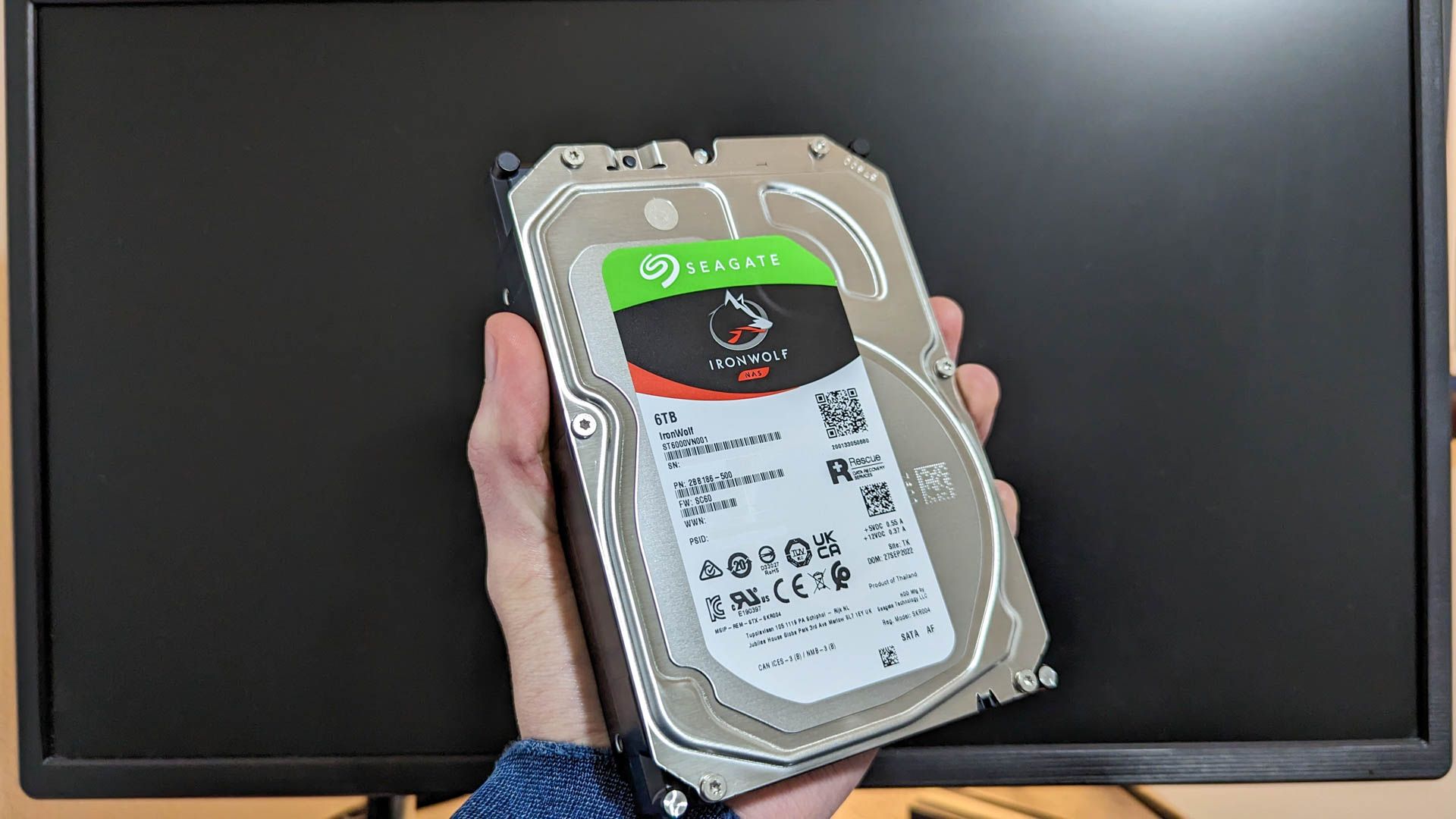Hello,
The hard drive on my friend's PC got corrupted and was having problems so we reformatted the hard drive with another PC using the command prompt on a different computer. At first it didn't work, as it is an Alienware UEFI system and apparently the drive was formatted as MBR, which the windows 10 installation was incompatible with. We reformatted the drive and made a primary partition but this time changing it to GPT with the command prompt. This time around on the windows installation, two partitions showed up, the main and the small recovery(?) one. Selecting the main partition resulted in an error message that no partition could be found and no new partition could be created. I think this drive is still saveable but my friend wanted to take the opportunity to upgrade to an SSD anyway, so I think we'll just end up getting a new SSD and replacing the HDD.
That brings me to my main question: Are SSDs and HDDs configured as MBR or GPT from factory, and would a brand-new SSD/HDD work out of the box with either a UEFI system and older BIOS system?
I have previously installed a brand-new SSD in a old BIOS system with no problem, but do they require any configuring to work with a UEFI system? I'm pretty sure it would work with either going off of the multitudes of PC build videos with modern UEFI motherboards, but would like to know.
By the way I have no understanding of MBR or GPT, but from my research it looks like you need a GPT drive to boot on a UEFI system.
Thanks!
The hard drive on my friend's PC got corrupted and was having problems so we reformatted the hard drive with another PC using the command prompt on a different computer. At first it didn't work, as it is an Alienware UEFI system and apparently the drive was formatted as MBR, which the windows 10 installation was incompatible with. We reformatted the drive and made a primary partition but this time changing it to GPT with the command prompt. This time around on the windows installation, two partitions showed up, the main and the small recovery(?) one. Selecting the main partition resulted in an error message that no partition could be found and no new partition could be created. I think this drive is still saveable but my friend wanted to take the opportunity to upgrade to an SSD anyway, so I think we'll just end up getting a new SSD and replacing the HDD.
That brings me to my main question: Are SSDs and HDDs configured as MBR or GPT from factory, and would a brand-new SSD/HDD work out of the box with either a UEFI system and older BIOS system?
I have previously installed a brand-new SSD in a old BIOS system with no problem, but do they require any configuring to work with a UEFI system? I'm pretty sure it would work with either going off of the multitudes of PC build videos with modern UEFI motherboards, but would like to know.
By the way I have no understanding of MBR or GPT, but from my research it looks like you need a GPT drive to boot on a UEFI system.
Thanks!


